A cinematic contemplation: In his portrait of the painter Rose Wylie, British artist and director Ben Rivers puts his faith entirely in his camera.
There are countless witticisms that attempt to capture the impossibility of music criticism: The words “Writing about music is like dancing about architecture” are attributed to Elvis Costello – even though he never tires of claiming with exasperation that he never said such a thing. Frank Zappa touched on the same issue: “Rock journalism is people who can’t write interviewing people who can’t talk in order to provide articles for people who can’t read.”
Nevertheless, it all continues, these texts included (and here is another one). So how do you approach art in the broader sense? With emotional subjectivity? Perhaps that’s too one-sided. Technically? That would soon become dull. From an art-historical, philosophical or sociological perspective? A combination of all of the above maybe? Perhaps one might eventually concede that the painter Rose Wylie (born 1934) is right when, in a discussion about the tangibility of art in Ben Rivers’ film “What means something”, she bluntly says: “It’s something you can’t put your finger on.”
A cinematic meditation
Rose Wylie is at the heart of the film “What means something” (2015) by British artist Ben Rivers (born 1972). Wylie, whose recently deceased husband Roy Oxlade was also a painter, put her own career on hold after studying art in order to bring up her children, and it was only in her fifties that she began to focus more intensely on her own creativity once again. Through repeated visits to Wylie, over a period of a year and a half a film meditation lasting a good hour developed in the documentary style, focusing on Wylie’s creativity and her artistic approach.
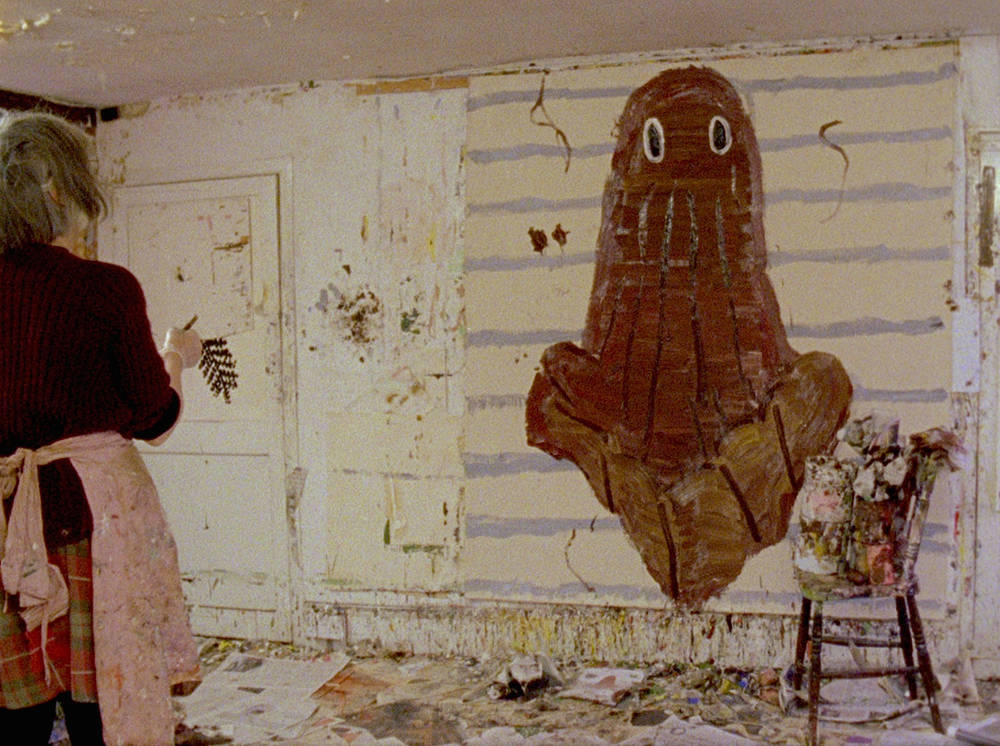
The basic framework of the film is formed by the painting itself. In the recurring, static one-shot scenes, we see the painter at work on her large-format painting “Chocolate Halloween”, and thus become witnesses, so to speak, to the first and last brushstrokes. In between, Rivers and his camera explore the artist’s living environment, her studio and her home as well as her overgrown garden in Kent in southeast England. As they talk, Wylie shows the filmmaker old sketch books, ponders on the reception of art and then asks Rivers whether he liked her answer. The filmmaker himself is more often heard from offscreen, acting as a prompt for keywords or remarking on how beautifully the light is falling on the painter’s face.
Format and limitation
In the same way that “What means something” is a reflection on the artistic creativity of Rose Wylie, it is also a cinematic contemplation of River’s own work. The film is not a vehicle for the classic portrait of an artist in which the artist or other experts eloquently analyze what is shown and process it to make it palatable to viewers. Rather, the filmmaker shifts the medium itself and his own approach to work into focus: This is demonstrated by the 16mm color film material used, which Rivers develops and cuts at home, with all its overexposure and other limitations resulting from the format.
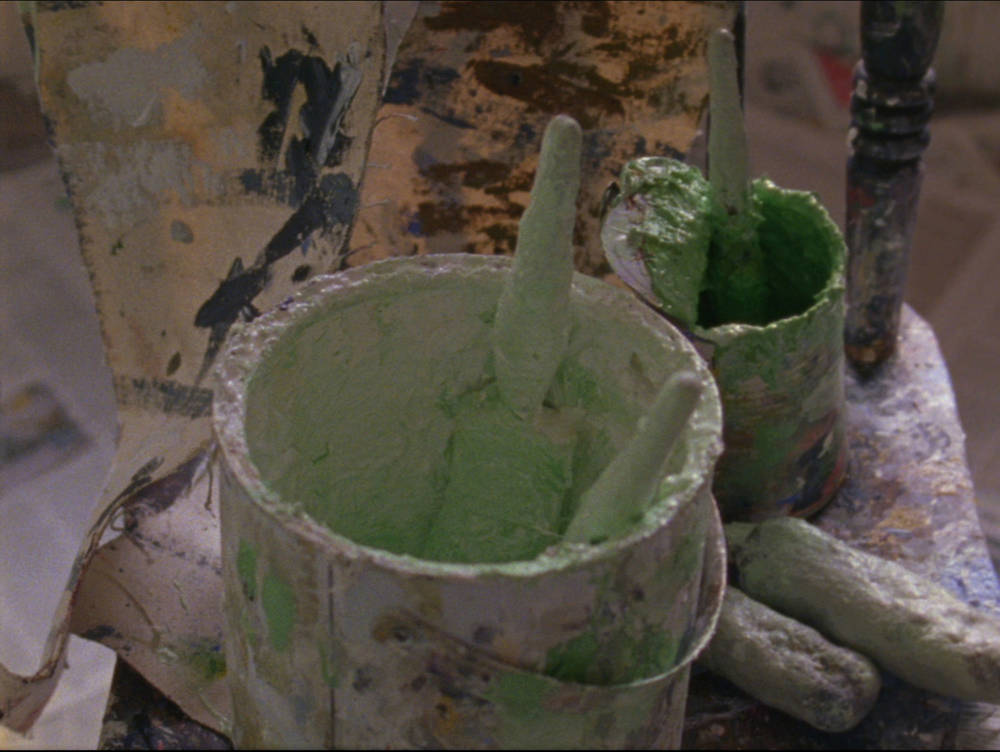
The same applies to the sound: Wylie frequently snaps the film clapper board herself, you can see the audio recorder used and can hear background sounds and the whir of the film camera in the sound. In the so-called “talking heads” interview passages, Rivers asked the artist what she should talk about, to which she responds nonchalantly with “Well, you have to ask me something”.
The silent protagonist
“What means something” meditates to the same extent both on the possibilities of art observation and production as well as on the creation of an artist’s portrait – in view of one’s own approach to work and that of others. The camera, constantly trying to identify and to capture Wylie in her surroundings and her possessions too, never leaves the artist’s seemingly hermetically sealed property. Rivers’ approach remains consistent here: In his cinematic essays, he focuses time and again on people and their life plans as, for example, in “Two Years at Sea” (2011). In this hour-and-a-half-long film, he portrayed the Scottish recluse Jake Williams in the middle of his everyday life in an isolated bit of woodland near Aberdeen – without the protagonist uttering a single word through the entire film.
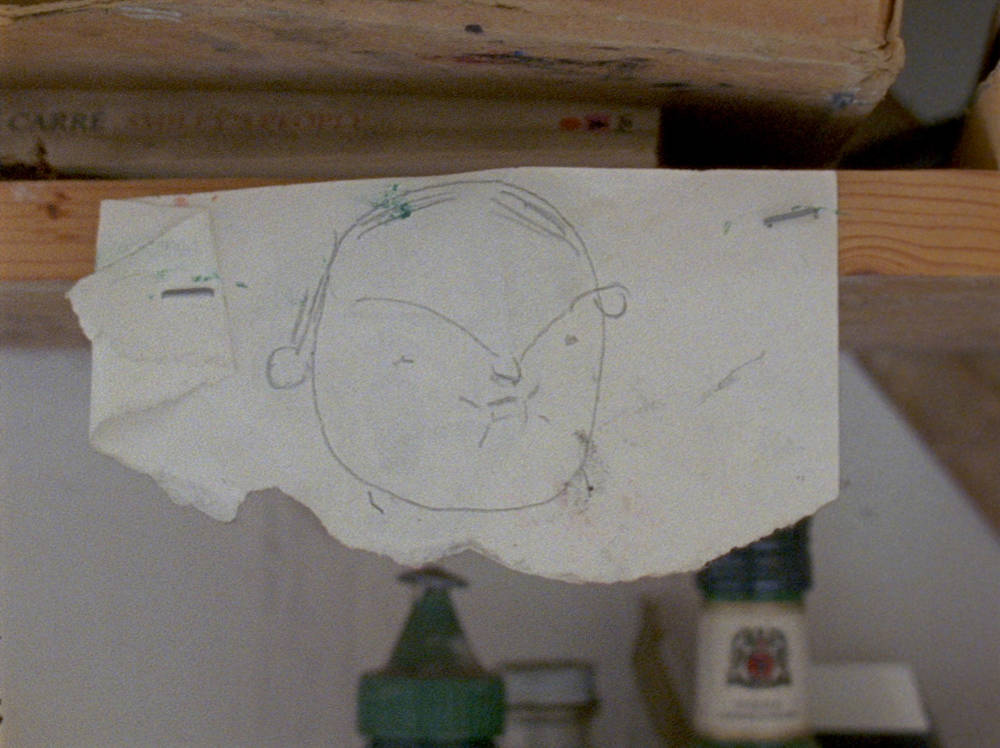
The second half of the evening will feature “Fake Fruit Factory”, an experimental documentary film by US artist Chick Strand. For decades, Strand and her husband spent the summer months in Mexico, documenting the life of the local people. “Fake Fruit Company” developed in the period between 1981 and 1985, and it deals, unlike what the title suggests, not with the technical production of papier-mâché fruits, but rather with their producers – the employees of the Fake Fruit Company.
The women never depended on men anyway
In the 21-minute film, the camera lens glides in close-ups only across the faces and hands of the employees and shows their tremendous skill, while we are able to listen in to their conversations on the audio level: The women gossip and rail against men, the gringo boss, his attempts to flirt. Ultimately we accompany the workforce and their flirting boss on a summer picnic, and in the closing titles we learn that the company is now in the hands of the boss’s wife – the boss himself ran off with a tall, blond blackjack dealer from Las Vegas. The women are left behind, but they never depended on men anyway.

Fake Fruit Factory, Directed by Chick Strand, 1986, Image via forgottenclassicsofyesteryear.blogspot.de
In their very cinematic works, both Rivers and Strand explore the possibilities of what the camera itself – beyond the offscreen commentary, explanatory intertitles or other explanations – can capture or express about work, art and thus life itself, if you give it time and faith. To paraphrase Rose Wylie: Perhaps you can’t put it into words exactly, but at least you can see it sometimes.
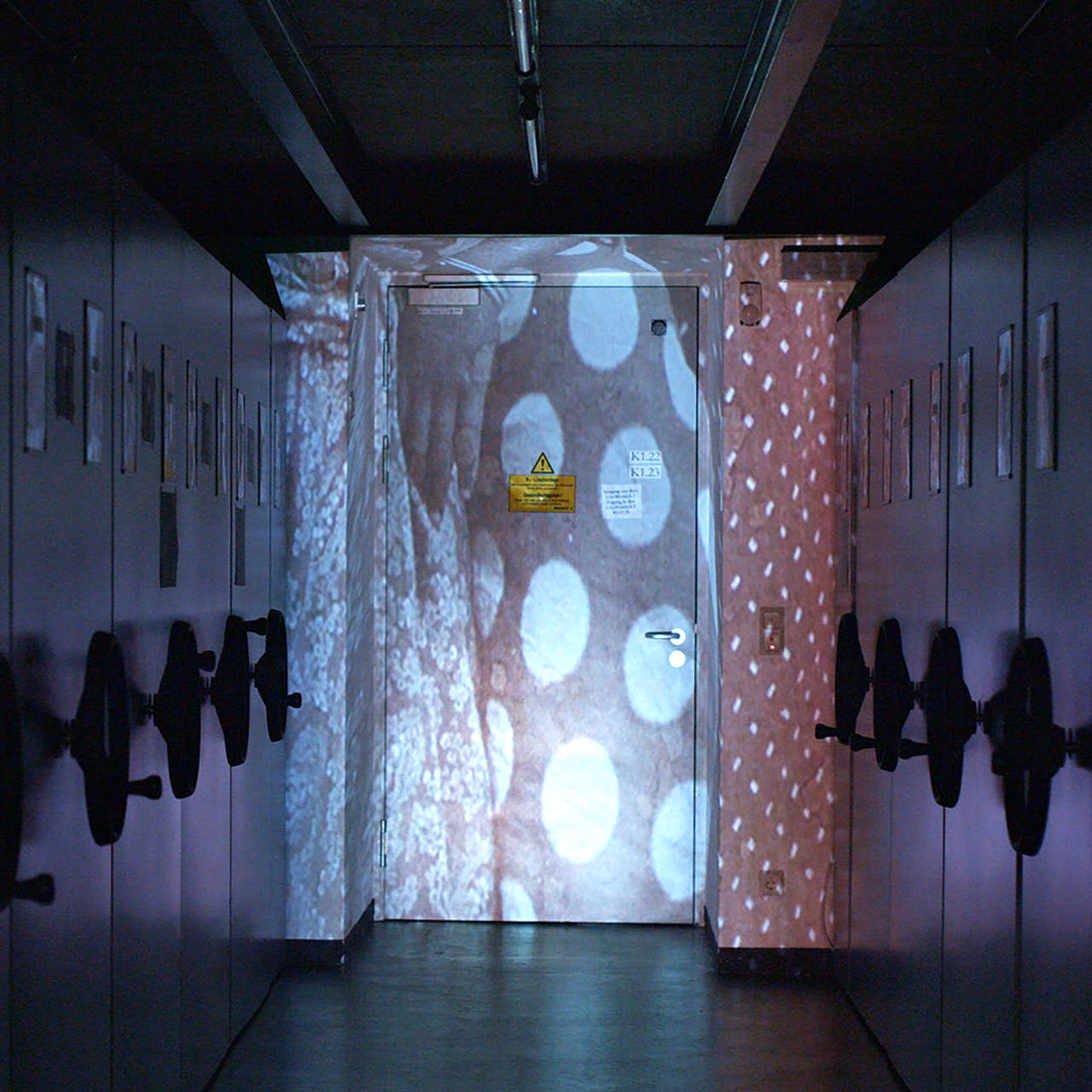
Following Yaarborley Domeï
Belinda Kazeem-Kamínski’s video piece is dedicated to a letter written by Yaarborley Domeï. This rare testimony to a past time describes not only...
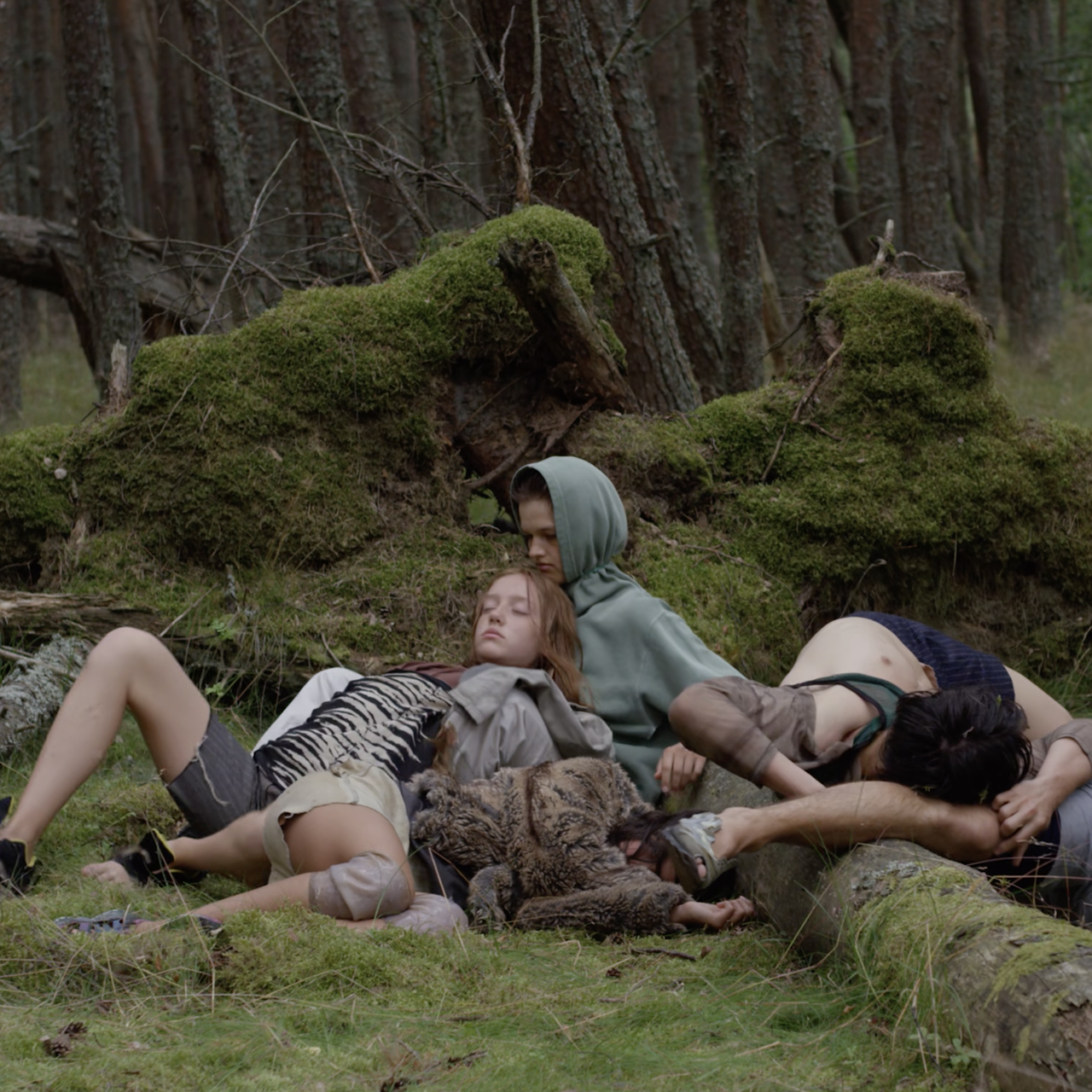
A Symphony of Transformation, Decay and Regeneration
Hybrid creatures with prostheses or organic forms jutting out of their bodies – in the upcoming DOUBLE FEATURE artist Eglė Budvytytė turns her...
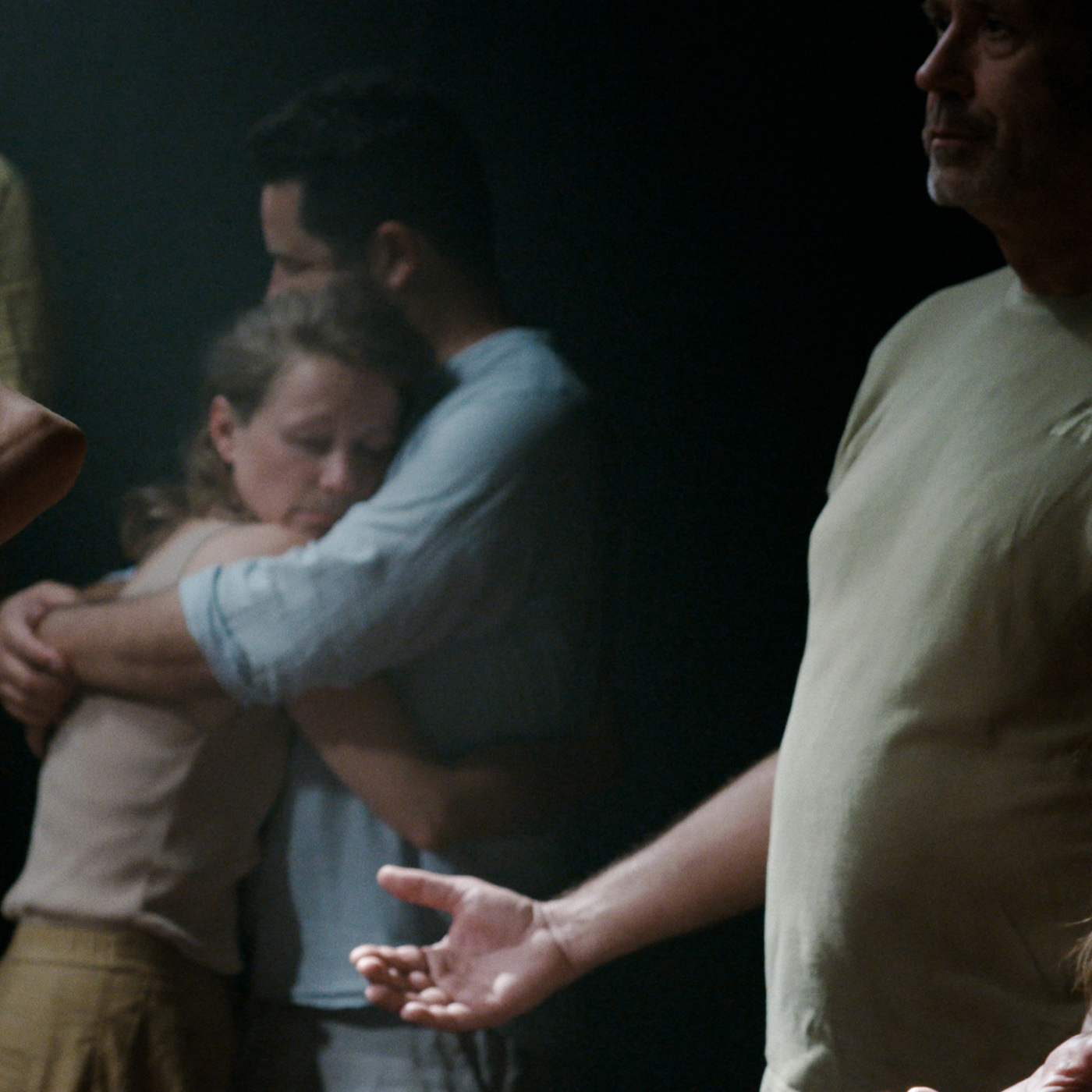
Just What is a Patriarchy?
Can women help men to articulate their emotions? And what is the response to feminist statements in patriarchal structures? Julika Rudelius looks into...
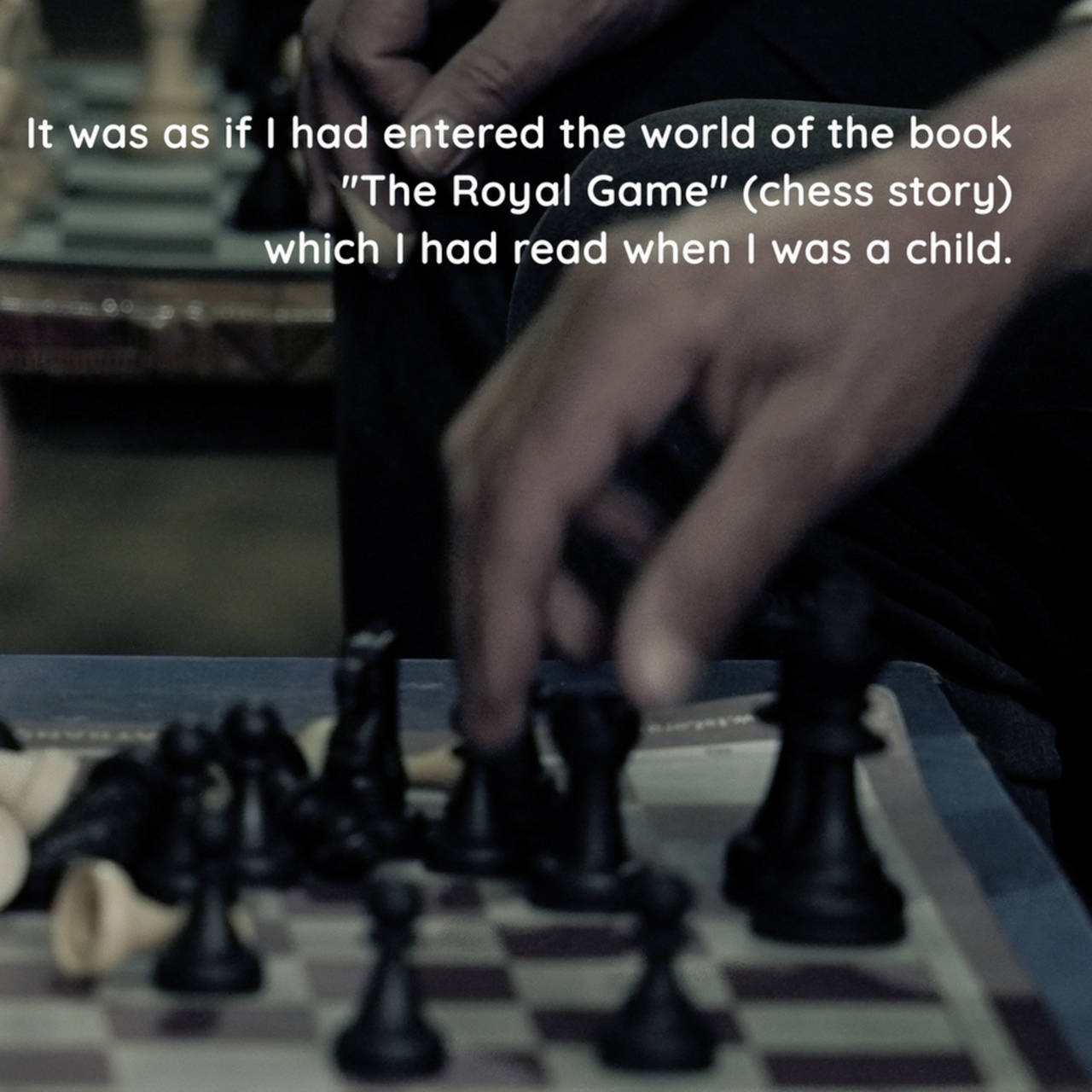
Chess Stands for Survival and Prison
In the upcoming DOUBLE FEATURE artist Pınar Öğrenci is screening her video “Aşît”, which was inspired by Stefan Zweig’s “The Royal Game”. She finds...
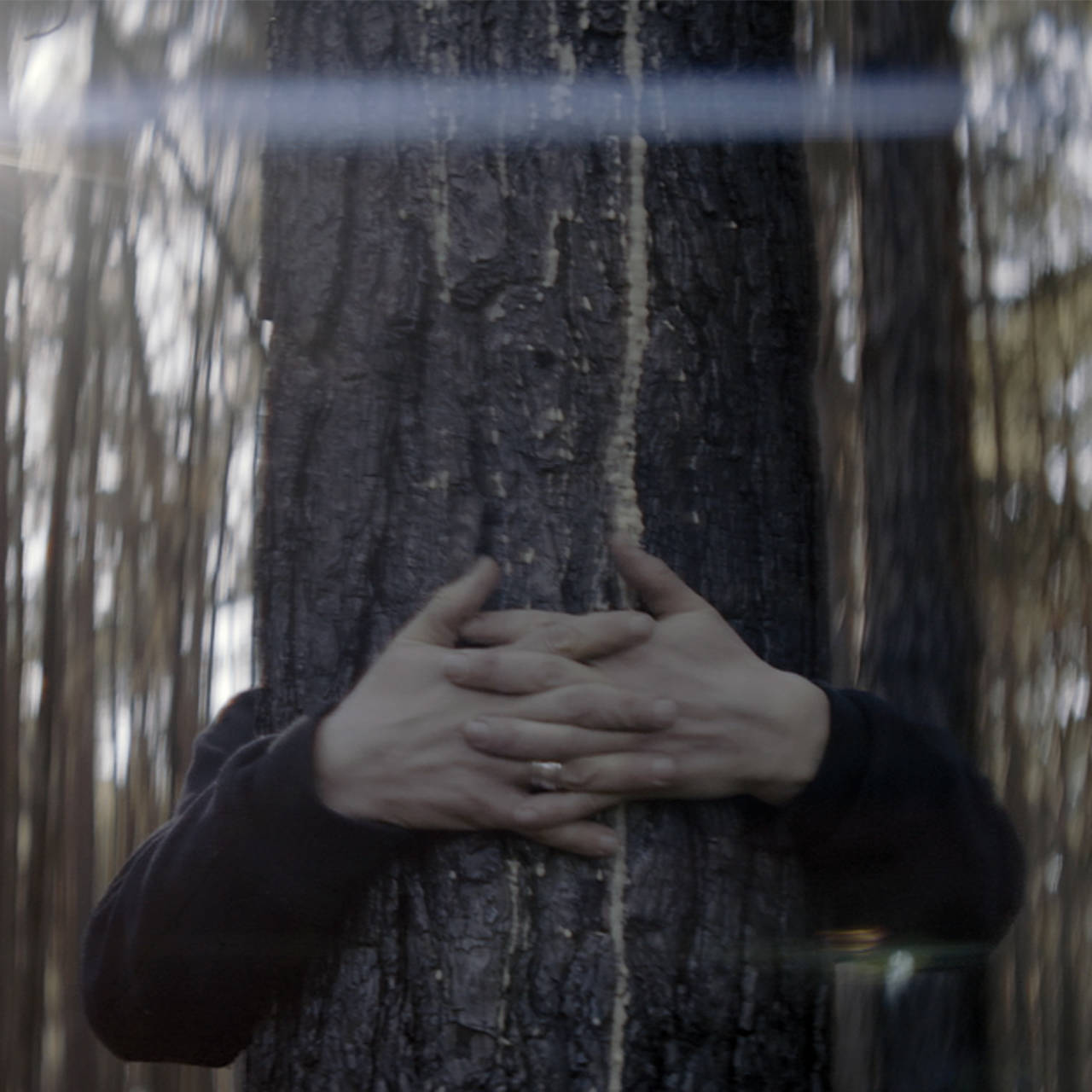
A poetic approach to the world
Solitude, subjective feelings, ineffability, desire, a poetic approach to the world and our surroundings – these themes were typical for the Romantic...
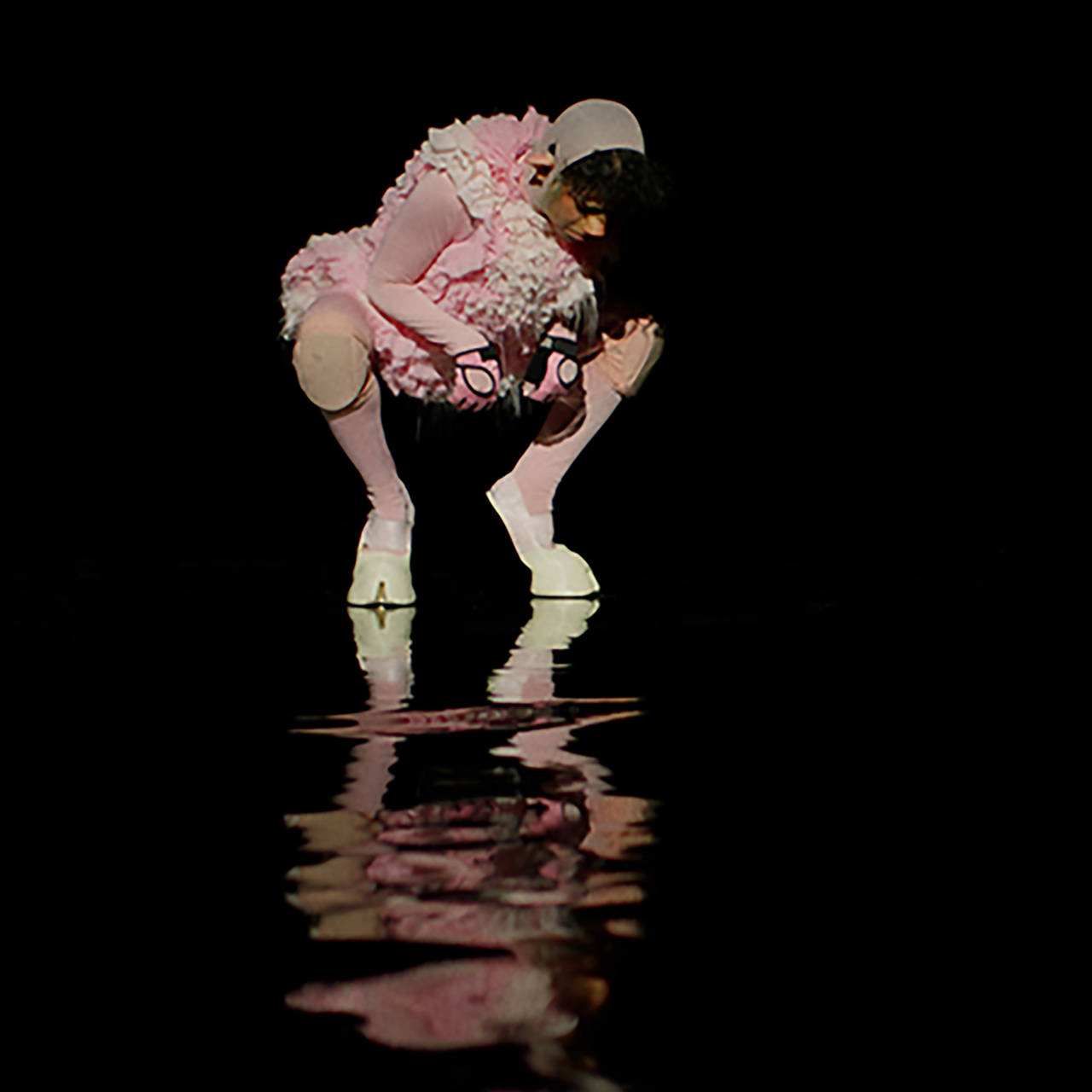
The Fabulously Strange World of Marianna Simnett
A maltreated piglet runs into a pond before finding itself in a surreal underworld and encountering dogs in latex costumes. In the DOUBLE FEATURE with...
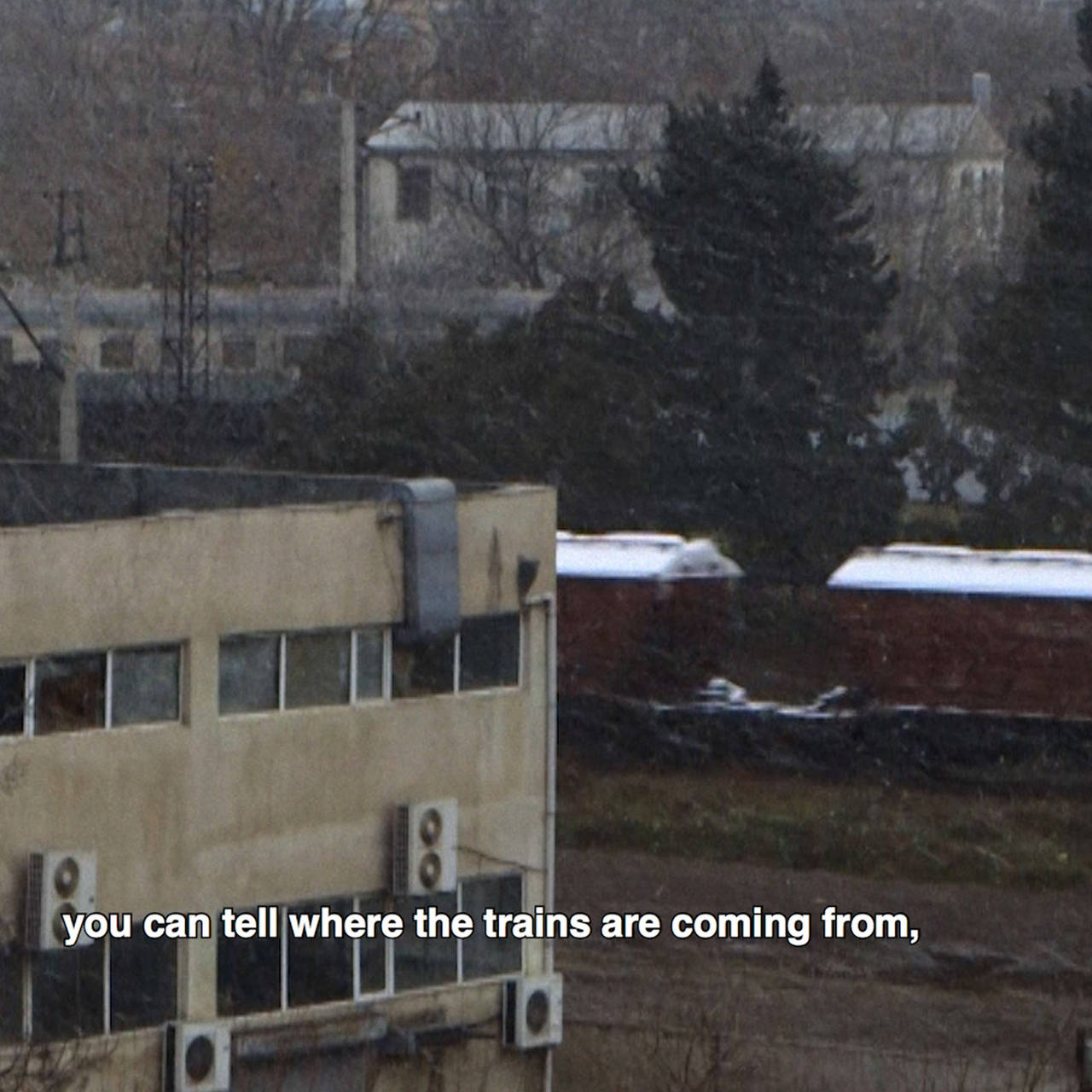
A search for traces along countless freight trains
In her video work “A State in a State” Tekla Aslanishvili addresses the simultaneity of war, political upheaval, and economic factors. The artist...
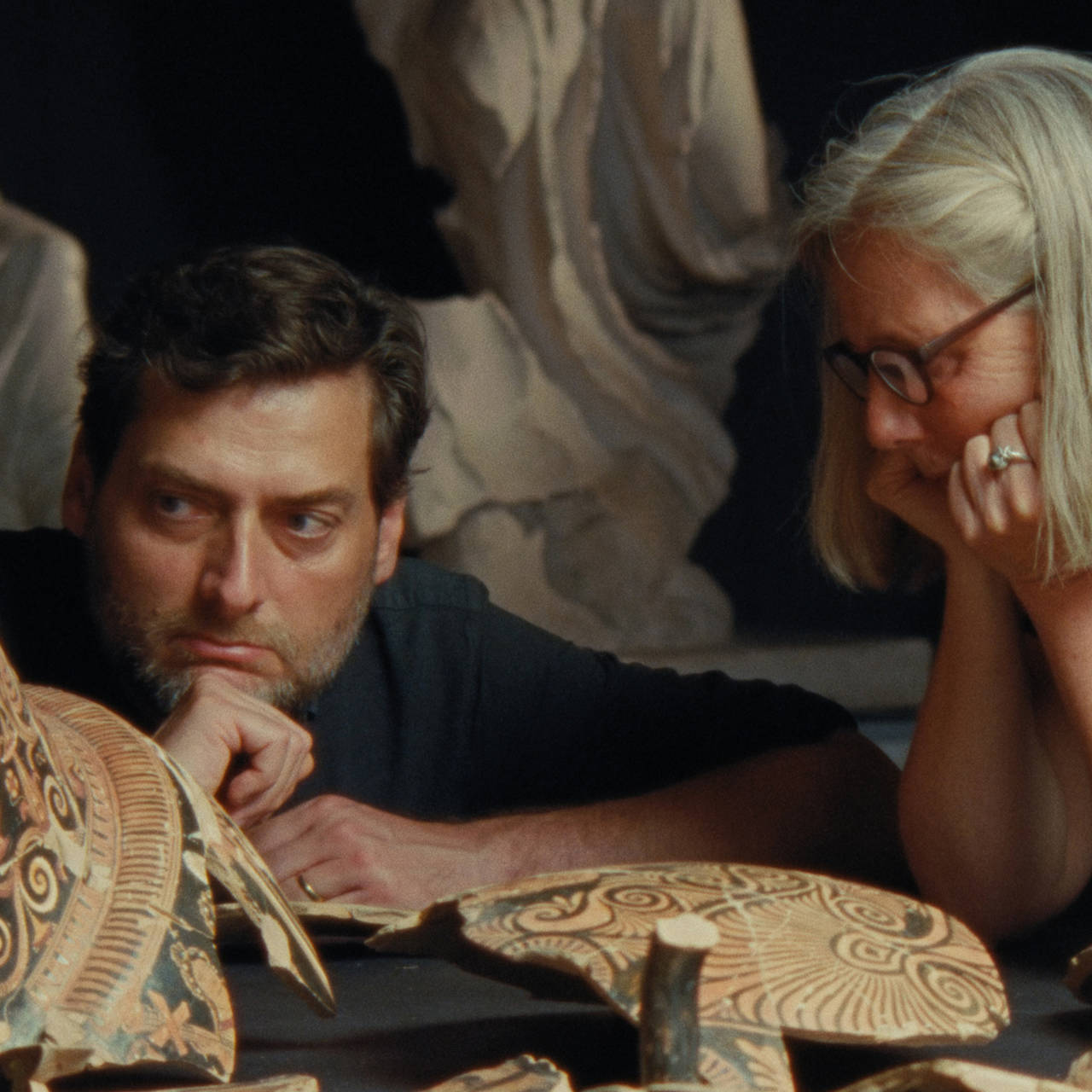
Forensic Archaeology. On Detective Work in Art
In the Geneva Freeport complex alone there are said to be round 1.2 million works of art (including Nazi looted art). The artist of the upcoming...
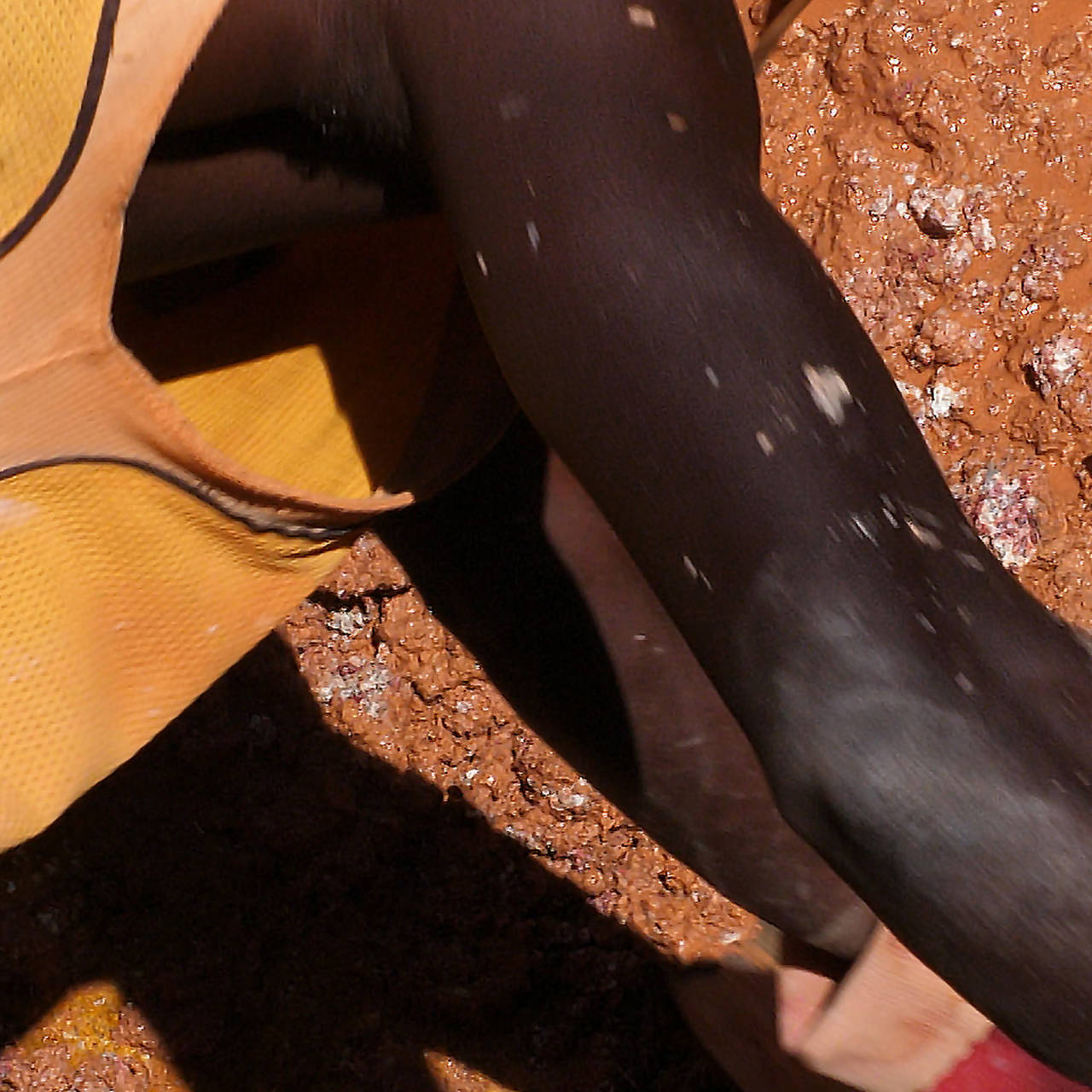
The blessing and curse of Nigerian tin mining
The Jos Pleateau in Nigeria was famous for its tin mining during the time of British colonial rule. In her video work “Plateau,” Karimah Ashadu...
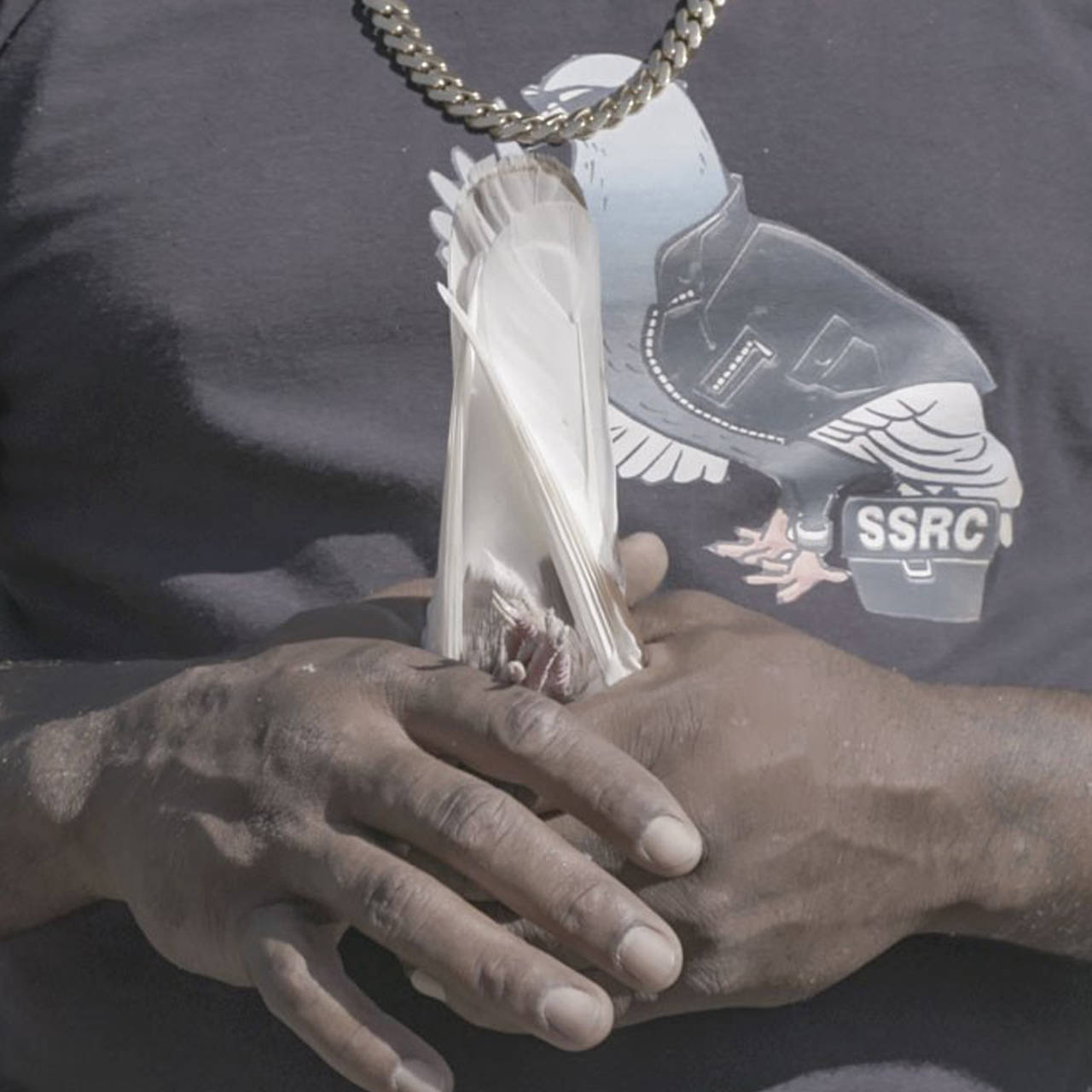
About Pigeons and People
Yalda Afsah’s video work “SSRC” places the focus squarely on the relationship between humans and animals. For in the Secret Society Roller Club – also...
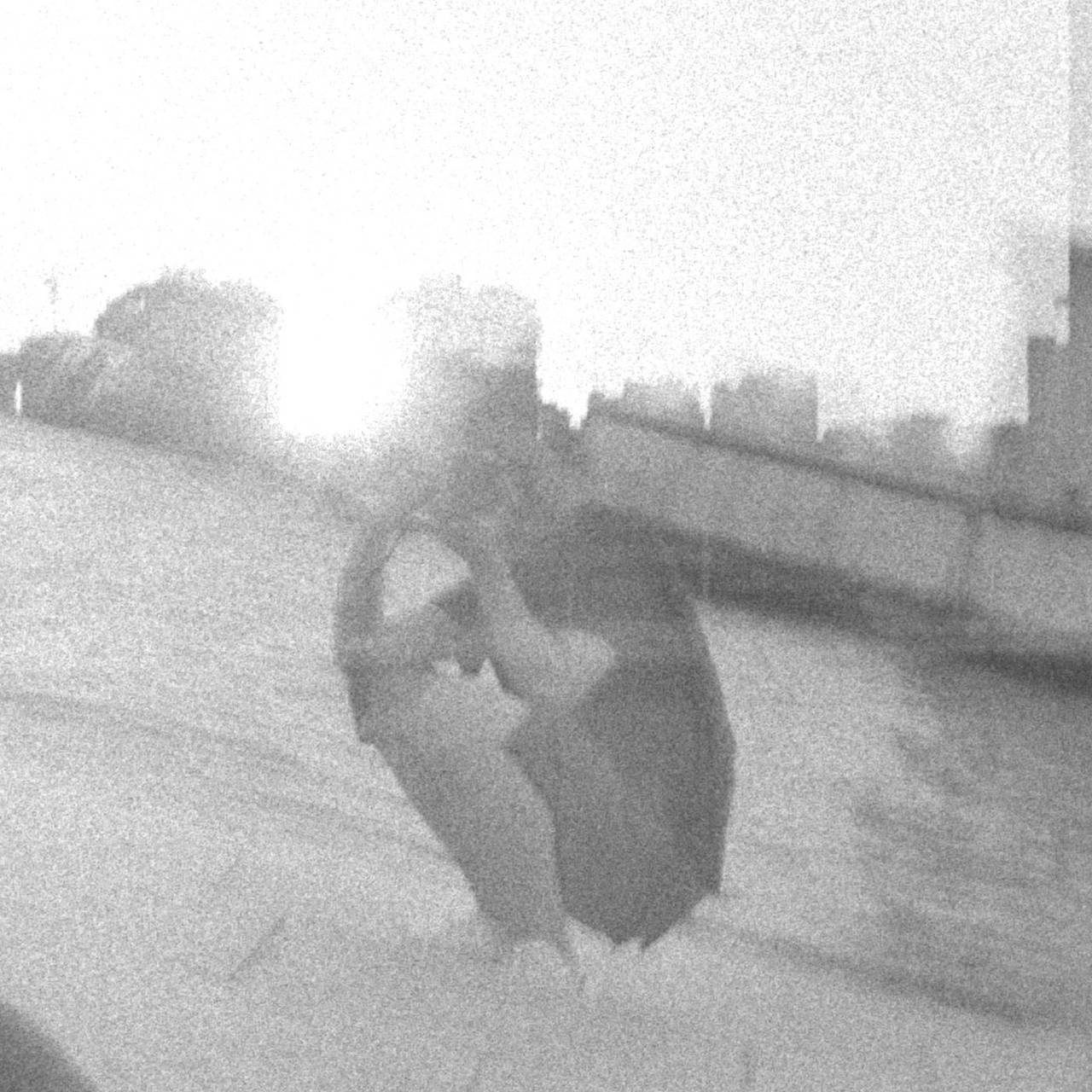
(Re-)Visiting Changsha
What if Roland Barthes had been a local tourist? In his new video piece “Sight Leak” (2022), Chinese artist Peng Zuqiang re-imagines the French...
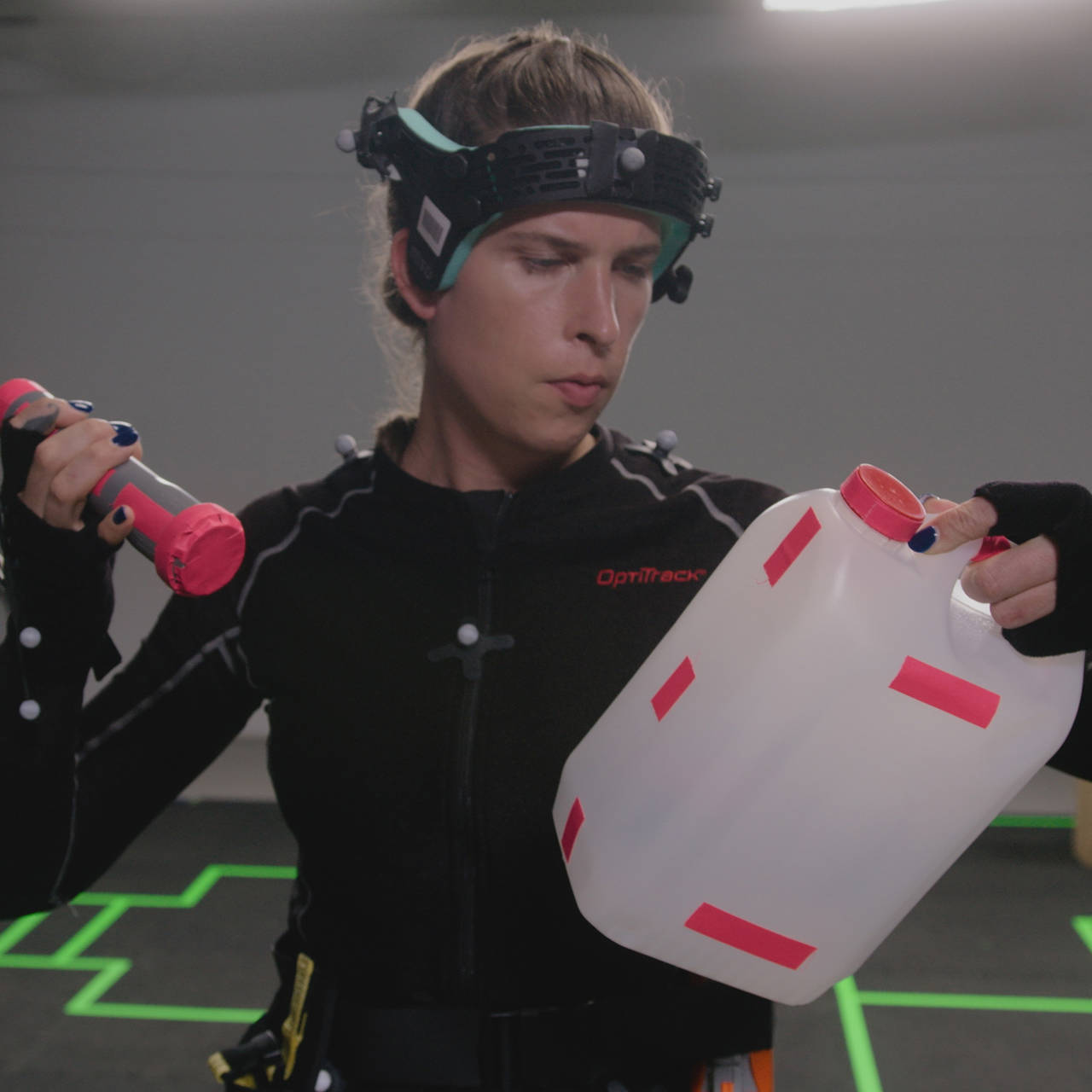
The sinister world of Unica B
Ominous, dark premonitions define the mood of Anja Kirschner’s video work “Unica” (2022). Or is it much more repressed memories of the past?...